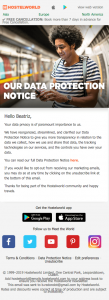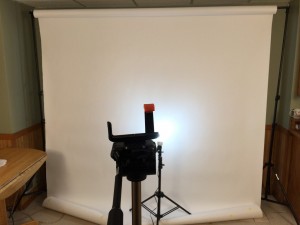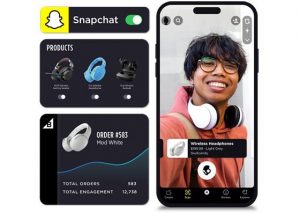While the landing page is not necessarily the last destination for your site visitors, it is one of the most important destinations. Why? Because this is the page that anyone who clicks on a pay-per-click link will first arrive on and which will dictate whether or not they stay to actually complete the conversion, whether that is to contact your business to set up an appointment, make a purchase, or add their name to your subscriber list.
This makes your landing page one of the most important parts of your conversion funnel, and because they can boost organic search engine optimization and make those clicks that you are paying for worthwhile, having a great landing page is essential to having a successful business. Here are some tips to help you ensure that your landing page is in top form, whether you are building it yourself or paying someone else to do it.
- Get a custom URL. While you do want this page to be on the same domain as the rest of your pages, it should have its own unique URL. Don’t try to make one page do double duty or just give it a generic custom tail. Don’t stuff it with keywords, but do make it memorable and descriptive. It’s also important to mention that if you are running more than one campaign, you can have landing pages for those campaigns, which makes it easy to tailor the design and content of that page to be welcoming and compelling, depending on where the visitor originated. This also makes it easier to track which of your campaigns is most effective, not just at getting clicks, but actually getting conversions.
- Keep the branding consistent. The landing page does not have to look exactly the same as your website or social media profile. It should, however, be clearly yours. The last thing you want is for someone to get to the landing page and become confused. You want the page to standout, to look unique and be full of valuable content, but you don’t want it to look so disparate that the page visitor does not know whether they have reached a website associated with your company. This is one of the biggest reasons someone will click your link and then immediately click away.
- Keep it simple. One of the biggest mistakes many businesses make with landing pages is trying to put too much “stuff” on the page. They want to display their entire business on that single page, hoping that the wealth of information will spur someone to take action. In reality, it’s a much better idea to provide minimal information and minimal design. The funnel should be clear and the visitor should not have too many options. Lots of clickable links, text to read, or images to look at means that viewer might be distracted from the ultimate goal, which is to convert into a customer. If your landing page is a form that encourages the visitor to insert their information, keep this in mind: the fewer fields there are to fill out, the more likely someone is to fill it out.
- Write great copy. Sounds simple enough, right? The copy on your landing page should be compelling and it should be concise. Don’t overwhelm or distract your page visitors with too information, or they are never likely to actually make it to the finish line. Of course, this text should contain some keywords, but it should not be overstuffed, lengthy, or copied from another location. Make sure it is relevant, direct, and encourages the visitor to continue on to your website or to complete the on-site action you’d like them to complete. Some split testing is probably the best way to figure out what copy works best.
- Make sure your landing page has payoff. Especially if you are asking the landing page visitor to provide their personal information, make sure that your landing page has some sort of payoff. Often, just the promise of discounts and promotions is enough, but there are more concrete ways to get someone to hand over his email address. Offering something in return, a downloadable reward, for example, is a great way to build your email subscriber list and give your PPC ads a clear and focused direction. Whatever the payoff is, make sure it is worth handing over an email address for, otherwise you’ll find yourself with a long list of opt-ins that immediately opt-out. The incentive should match the hype.
- Make sure your landing page looks secure. Even if they are just handing over an email address that you could easily scrape off of their unsecured Facebook profile, consumers only want to do business with companies that look legitimate. This means that even your landing page needs to have the proper SSL certificates and Google verifications as your actual website, especially if information actually is being exchanged on that page.
While it might be tempting to dump all of your PPC traffic off onto your homepage, diverting it to a webpage that is specifically designed to receive that traffic can result in much higher conversion rates, many more leads, and far higher customer satisfaction. While some PPC landing pages may be designed to then send a potential customer on to another page, the most effective pages will encourage the viewer to convert right there.
A great landing page, that loads quickly, reads easily, and is consistent with your brand will result in a lower bounce rate and fewer clicks that you have to pay for, but which never actually convert into a sale.
(211)
Report Post



